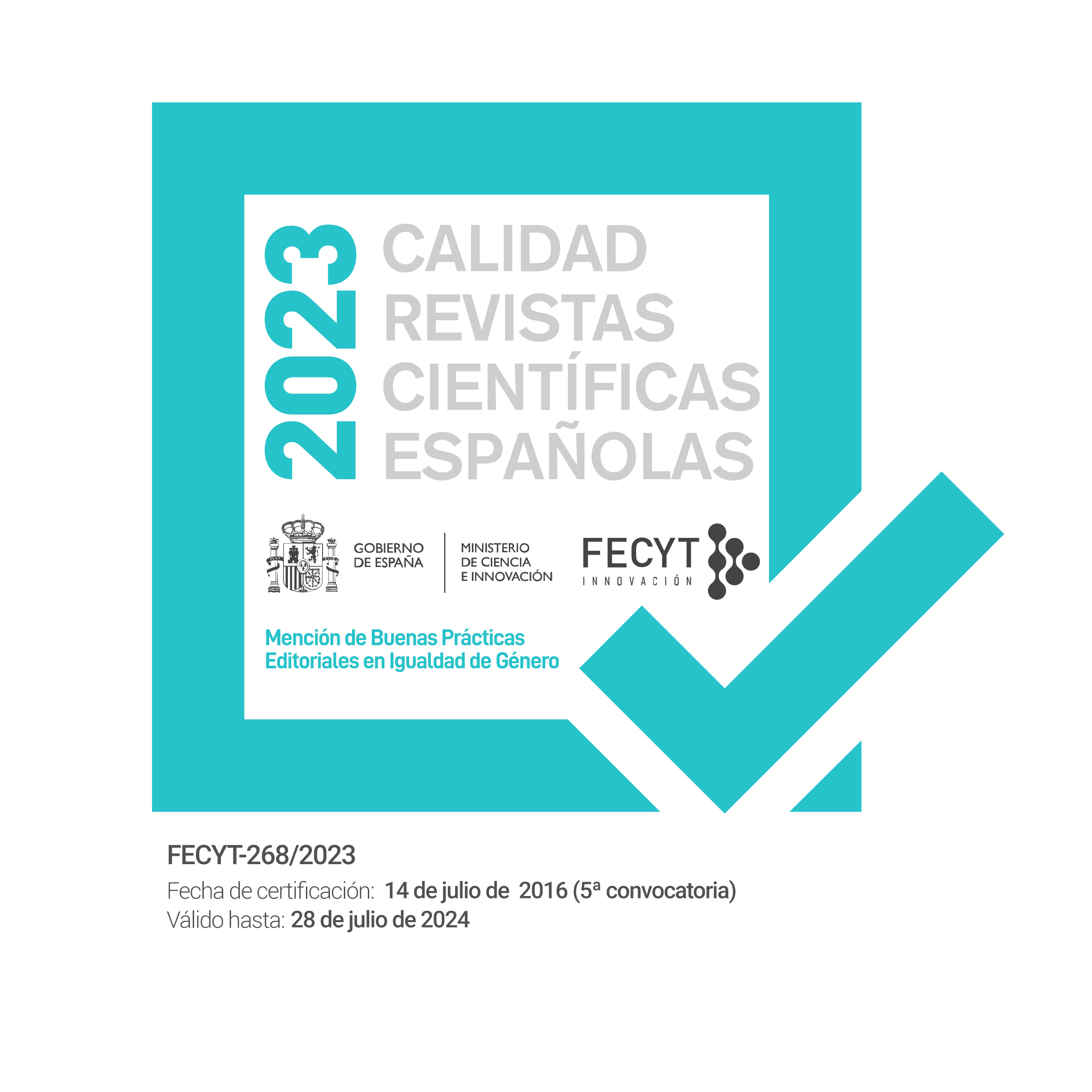Discreet queen regent, the Austrian Lady or Doña Virtues. The images of María Cristina Hapsburg
Keywords:
Spain, monarch, 19th century, political life, liberalism, women.Abstract
Going beyond the legend of the discreet queen regent of Spain, María Cristina Hapsburg offers a multi-faceted image that may contribute to calibrating the political, cultural and social importance of the symbolic representation of the crown. The images of María Cristina posited by the establishment, the opposition and the people are analysed from different angles: the consolidation of a monarchy in crisis following the death of Alfonso XII a few years after the Republic, the creation of a yet-untried national identity and the shaping of gender stereotypes around the discourse of separation of spheres. The images often provided divergent responses to the circumstances distinguishing Maria Cristina from other monarchs: she was the queen regent and not the queen by right; she was a foreigner but sat on the Spanish throne and she was a woman but performed the role of the country’s supreme judge.Downloads
Downloads
Published
Issue
Section
License

This work is licensed under a Creative Commons Attribution-NonCommercial-NoDerivatives 4.0 International License.
Authors whose contributions are accepted for publication in this journal, accept the following terms:
a. The authors retain their copyright and guarantee to the magazine the right of first publication of their work, which will be simultaneously subject to the Creative Commons Attribution License Attribution-Noncommercial-No derivative works 4.0 Spain, which allows third parties to share the work as long as its author and its first publication is indicated.
b. Authors may adopt other non-exclusive license agreements to distribute the version of the published work (e.g. deposit in an institutional repository or archive, or published in a monographic volume) provided the initial publication in this journal is indicated.
PLAGIARISM AND SCIENTIFIC FRAUD
The publication of work that infringes on intellectual property rights is the sole responsibility of the authors, including any conflicts that may occur regarding infringement of copyright. This includes, most importantly, conflicts related to the commission of plagiarism and/or scientific fraud.
Plagiarism is understood to include:
1. Presenting the work of others as your own.
2. Adopting words or ideas from other authors without due recognition.
3. Not using quotation marks or another distinctive format to distinguish literal quotations.
4. Giving incorrect information about the true source of a citation.
5. The paraphrasing of a source without mentioning the source.
6. Excessive paraphrasing, even if the source is mentioned.
Practices constituting scientific fraud are as follows:
1. Fabrication, falsification or omission of data and plagiarism.
2. Duplicate publication.
3. Conflicts of authorship.





